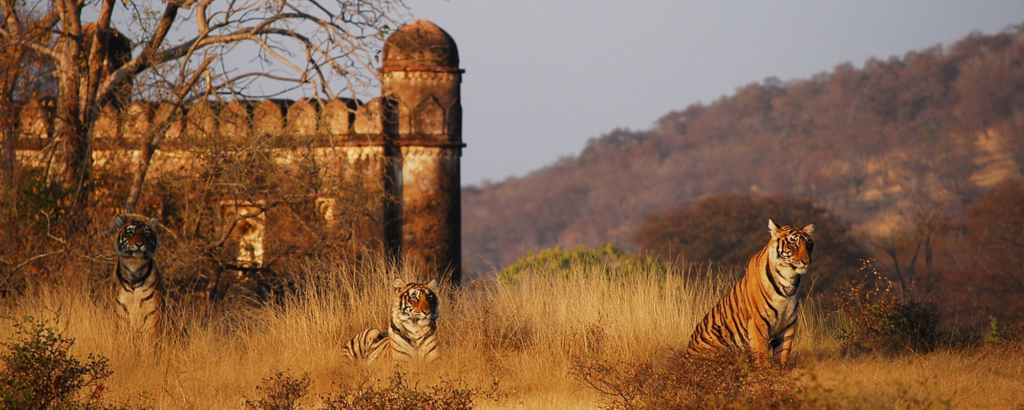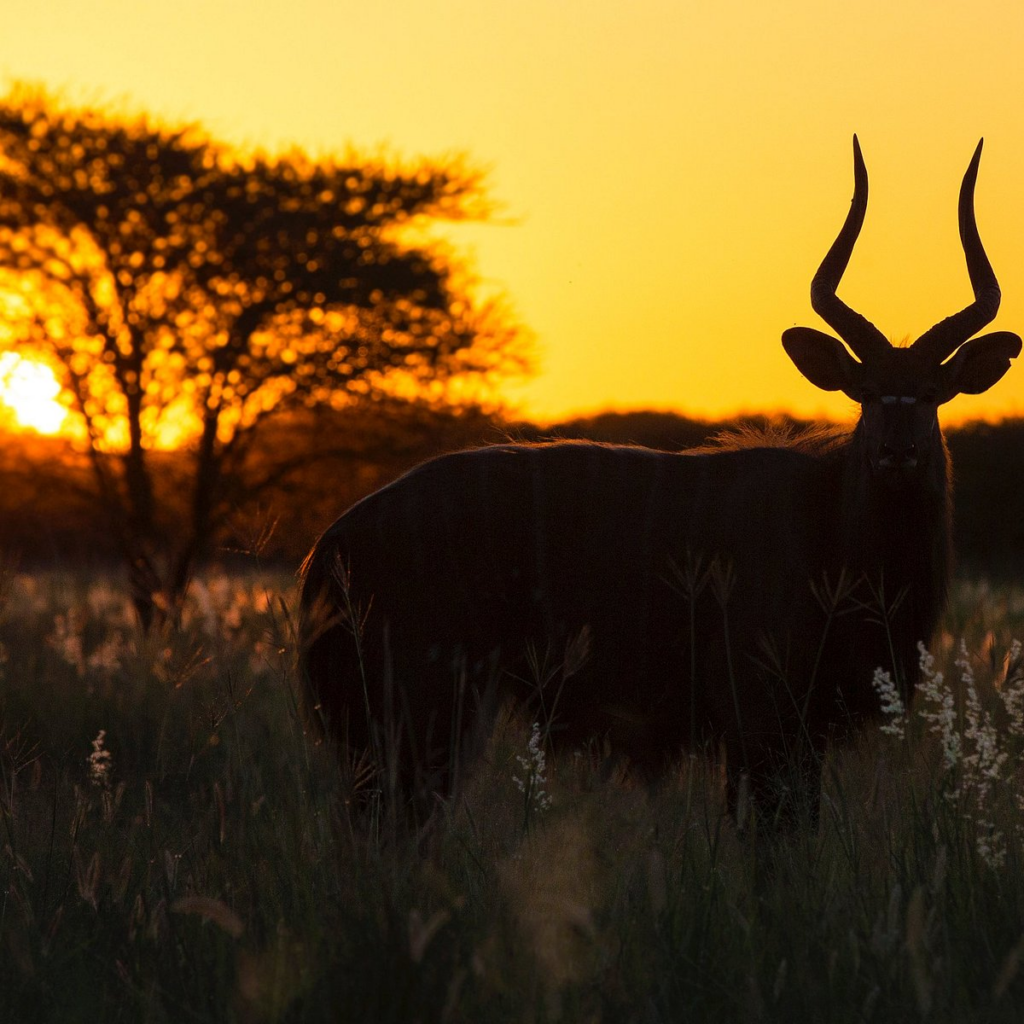Introduction
Embarking on a wildlife safari is like stepping into a living, breathing documentary. The thrill of witnessing untamed creatures in their natural habitat is an experience that leaves an indelible mark on any adventurer’s soul. While popular safari destinations like the Serengeti or Maasai Mara offer incredible wildlife encounters, there’s something uniquely special about forging your own path, away from the well-trodden trails.
Selecting Your Destination

The first step in planning an offbeat safari is choosing a destination that resonates with your wildlife interests. Consider lesser-known gems like Hwange National Park in Zimbabwe, the Pantanal in Brazil, or Raja Ampat in Indonesia. These areas offer unique and diverse ecosystems, often with fewer tourists and a more intimate wildlife experience.
Research and Local Guidance
Thorough research is key to a successful expedition. Study the local flora and fauna, seasonal patterns, and any specific conservation efforts in the area. Seek advice from local guides or conservation organizations—they possess invaluable knowledge about wildlife behavior and the best times to observe them.
Time Your Visit Wisely
Understanding the seasonal variations is crucial. Many parks have distinct high and low seasons, each offering different wildlife experiences. For instance, the dry season might concentrate animals around waterholes, making it ideal for game viewing. Meanwhile, the rainy season can bring lush landscapes and migratory birds.
Choosing Accommodation
Opt for lodges or tented camps that prioritize sustainability and conservation. Not only will you be contributing to the preservation of the environment, but you’ll also likely have a more authentic and immersive experience.
Packing Essentials
When it comes to packing for a wildlife safari, less is often more. Here’s a list of essentials to ensure you’re well-prepared:
- Neutral-colored Clothing: Blend into your surroundings by packing neutral, earth-toned clothing. Avoid bright colors that may startle wildlife.
- Binoculars and Camera: A good pair of binoculars and a reliable camera are indispensable for capturing those awe-inspiring moments.
- Sun Protection: Sunscreen, wide-brimmed hat, and sunglasses will shield you from the sun’s rays during long hours in the savannah.
- Insect Repellent: Depending on your destination, insects can be quite persistent. Pack a potent insect repellent to keep them at bay.
- First Aid Kit: A basic first aid kit including essentials like bandages, antiseptic, and any personal medications is crucial.
- Comfortable Footwear: Sturdy, comfortable, and preferably waterproof boots or shoes are essential for bushwalks and safaris.
- Field Guide and Notebook: A field guide to local flora and fauna, along with a notebook, will help you document your observations.
- Reusable Water Bottle: Staying hydrated is paramount. A reusable water bottle is eco-friendly and ensures you have water on hand at all times.
Respect for Wildlife and Environment
Remember, you’re a guest in their home. Keep a respectful distance from animals and avoid interfering with their natural behavior. Leave no trace, and follow the principles of “Leave No Trace” ethics.
Embrace the Unpredictable
In the wild, surprises abound. Be open to unexpected encounters and moments that may not be in any guidebook. These are often the most memorable aspects of any safari.
Conclusion
Crafting your own wildlife safari expedition is a journey into the unknown, a chance to connect with nature on your own terms. By selecting a unique destination, conducting thorough research, and respecting the environment, you’ll not only create unforgettable memories but also contribute to the preservation of these incredible ecosystems. So, step off the beaten track, and let the wild adventure begin!


